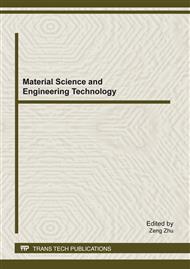p.743
p.748
p.753
p.757
p.763
p.769
p.775
p.783
p.789
Decentralized Information Flow Controlled Method Based on Trusted Pipe
Abstract:
To solve the problems derived from isolation of application security mechanism and operation system security mechanism, firstly we propose the concept of trusted pipe, which can be used to achieve a uniform security mechanism, and then formally describe the information flow control method in the Communicating Sequential Processes(CSP). Finally we prove that the model fits a standard definition of non-interference.
Info:
Periodical:
Pages:
763-768
Citation:
Online since:
February 2012
Authors:
Price:
Сopyright:
© 2012 Trans Tech Publications Ltd. All Rights Reserved
Share:
Citation:


